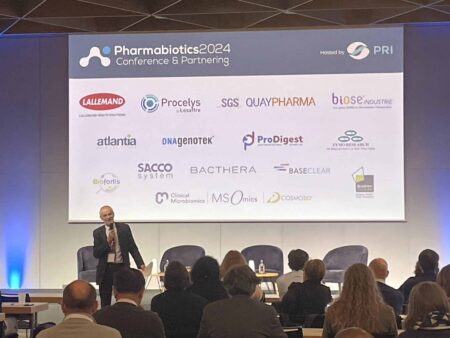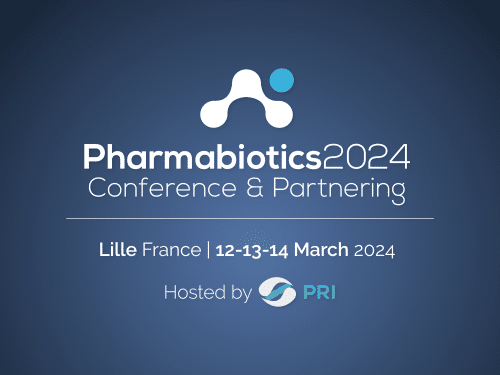Gabriel Vinderola, Céline Druart, Luis Gosálbez, Seppo Salminen, Nina Vinot and Sarah Lebeer (2023).
Front. Pharmacol. 14:1239745. doi: 10.3389/fphar.2023.1239745 | https://www.ncbi.nlm.nih.gov/pmc/articles/PMC10515206
Diverse terms have been used in the literature to refer to the health benefits obtained from the administration of non-viable microorganisms or their cell fragments and metabolites. In an effort to provide continuity to this emerging field, the International Scientific Association of Probiotics and Prebiotics (ISAPP) convened a panel of experts to consider this category of substances and adopted the term postbiotic, which they defined as a “preparation of inanimate microorganisms and/or their components that confers a health benefit on the host.” This definition does not stipulate any specific health benefit, finished product, target population or regulatory status. In this perspective article, we focused on postbiotics developed for pharmaceutical uses, including medicinal products and medical devices. We address how this field is regulated for products based on inanimate microorganisms, marketing considerations and existing examples of postbiotics products developed as cosmetics for the skin, for vaginal health, and as orally consumed products. We focus on the European Union for regulatory aspects, but also give examples from other geographical areas.





